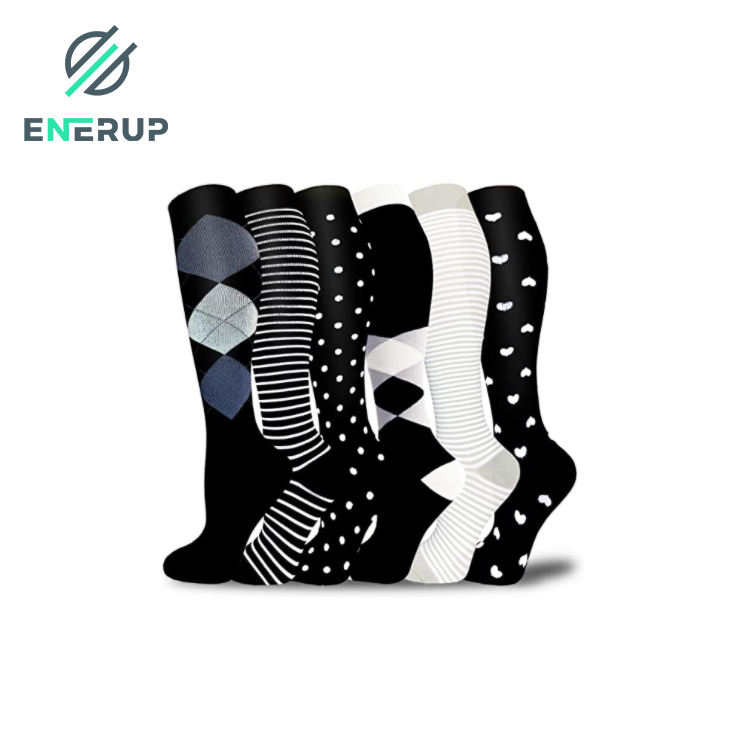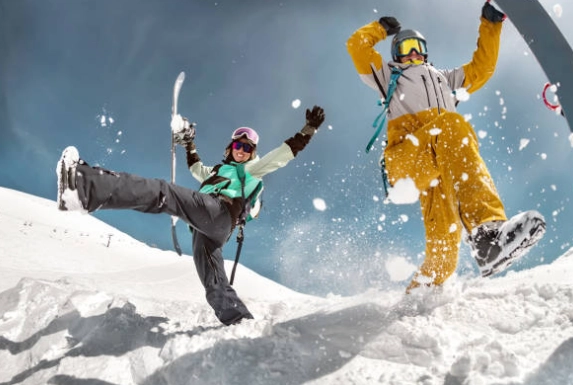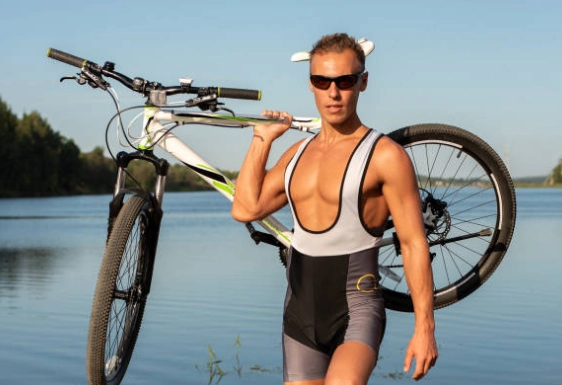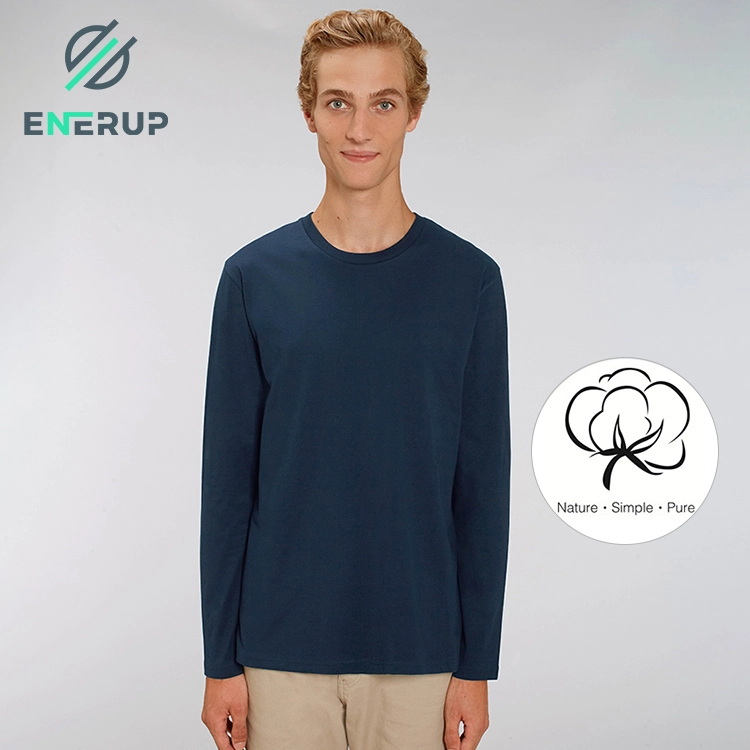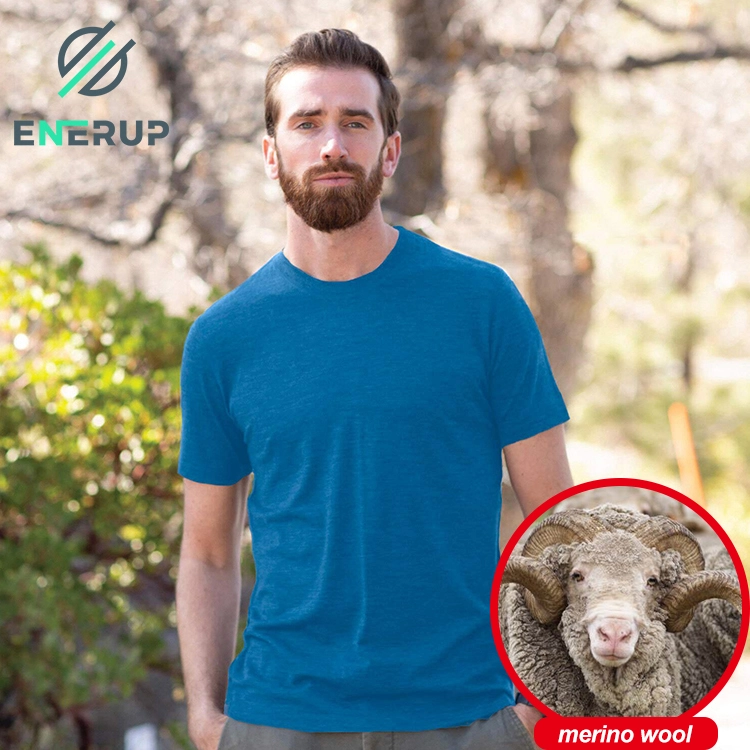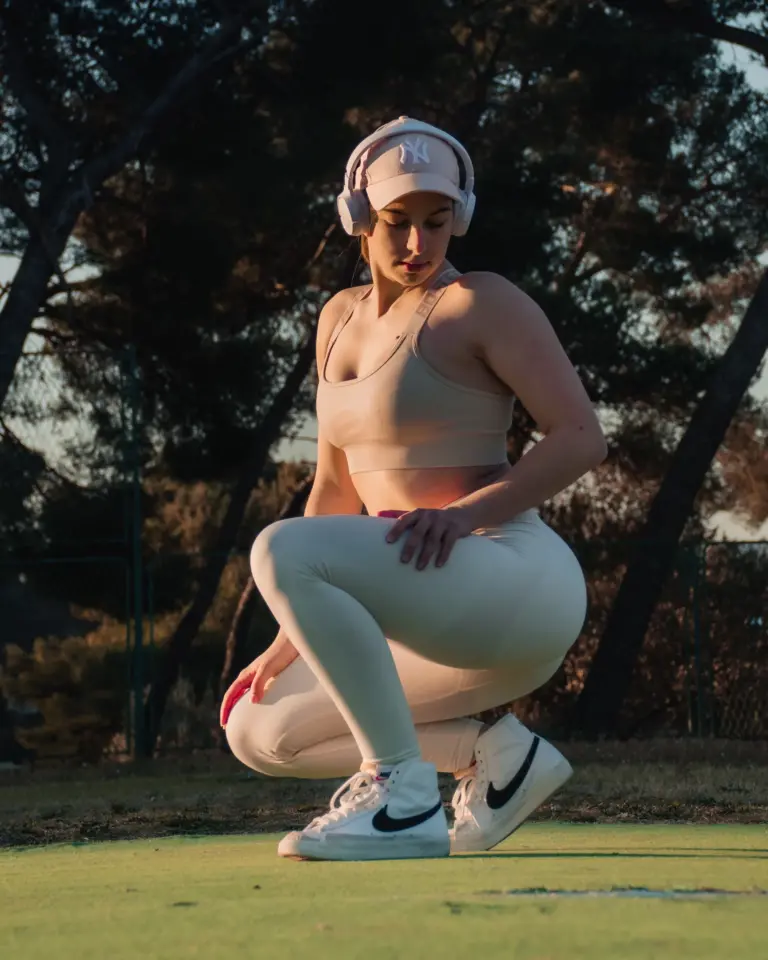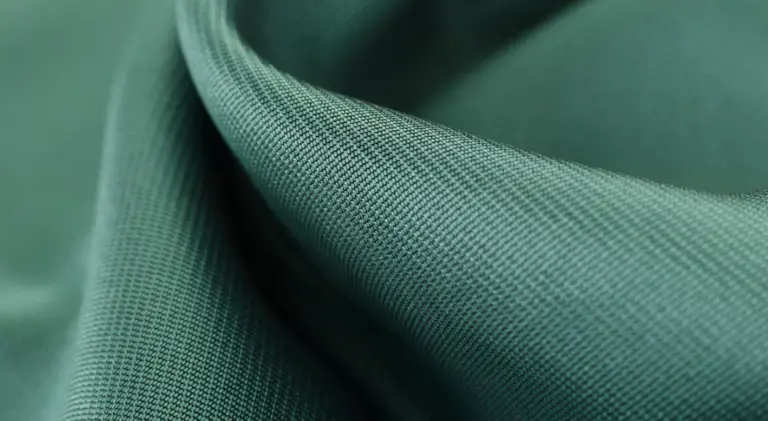Excessive or incorrect exercise can cause serious damage to our joints and muscles. Jumping, running, sharp turns and twists …… All of these moves can cause damage to the tendons and ligaments of the lower leg as well as the calf muscles. However, there are ways to reduce impact and increase the enjoyment of team and individual sports. Wearing compression socks is one of them.
What are the benefits of sports compression socks? By applying pressure to the lower leg, they keep the leg fresh and energised, preventing swelling and pain. These socks also help athletes recover faster between training sessions or after a big game.
Some beginners who don’t know much about compression socks may ask: Are compression socks good for exercise? In a word: yes. Compression socks have been proven to be really beneficial for post-exercise recovery. They can help athletes and amateurs alike, as they promote healthy blood circulation and ensure faster recovery. They also provide support for muscles and joints during exercise, especially in high-impact sports like football and basketball. This is because in addition to running and moving quickly on the court, you will be jumping a lot. This can cause damage to your muscles and joints.
The first real benefit of compression stockings is for the circulatory system. The pressure exerted by compression garments on various parts of the body stimulates the flow of blood from that area to the heart. If you wear socks, this helps prevent fluid and blood pooling around your calves. In return, your legs will feel lighter and more energised.
The increased blood flow also makes compression socks ideal for recovery – whether you’re recovering from an intense workout or an injury. After strenuous exercise, your muscles need oxygen to aid in recovery. With the help of compression socks, oxygen can be delivered to the muscles faster due to increased blood circulation, thus reducing recovery time. This allows you to play your favourite sport again. In addition, when you are recovering from a sports injury, such as a calf strain or ankle sprain, your doctor will often recommend the use of compression socks. This is because compression socks both deliver oxygen quickly to the injured area to promote healing and reduce inflammation, as well as adding support and stability to the joint.
So how do compression socks benefit sports performance and recovery? Thanks to the gentle compression and support applied below the knee. No matter what sport you play, compression socks can have many positive effects.
Enhanced endurance and performance
Compression socks are key to keeping your legs fresh and energised by increasing blood circulation and continuously delivering oxygen to your muscles. As a result, you can play your favourite sport for longer before your legs get sore from exercise.
In addition, compression stockings prevent oedema and swelling. This reduces the negative effects of being on your feet all day. So whether you are playing golf or tennis in hot weather, with sports compression socks your ankles will no longer feel strained and uncomfortable and your legs will feel lighter.
Reduced risk of sports injuries
Another benefit of wearing compression socks during exercise is that they provide extra support for the joints and muscles of the lower leg. A tighter grip at the ankle means improved stability during sudden movements that stress the ligaments (e.g. jumps, long jumps, sharp turns). Wearing compression socks reduces the risk of injuries such as ankle sprains.
They also reduce the effects of muscle concussion. When you land from a jump on a hard surface, such as a pavement or tennis court, your legs create a tiny jolt. This additional benefit is small but significant, especially in the long term.
Faster recovery
By improving blood circulation, compression socks also help you recover faster between workouts. With better blood flow, your leg muscles get the oxygen and nutrients they need faster. Additionally, compression therapy helps to reduce exercise-induced inflammation and swelling.
Reduced swelling of legs and feet
Compression stockings stimulate blood flow within the lower legs, preventing blood from pooling in the feet and ankles. They also reduce the chance of water retention. As a result, your legs and feet won’t swell, which means you can play your favourite sport for longer.
Improved venous function
Standing for long periods of time increases the risk of deep vein thrombosis (DVT), blood clots and other vascular diseases. Compression stockings prevent blood from pooling in one place and promote continuous circulation, resulting in an overall improvement in vein health.
And now how should we wear compression stockings when exercising? Compression socks have many benefits when exercising, whether you wear compression stockings, calf sleeves or elasticated socks. You also have the option of localising their effects. For example, when you want to quickly change socks and shoes during an activity, you can wear compression calf sleeves that concentrate their action on the calf muscles only. To make it easy to get all the benefits without wasting time and to help you stay in top shape for longer, here’s a guide to wearing sports compression socks that might help you a lot.
Putting on and taking off sports compression socks
It is important to pay attention to how you put on and take off your socks. Otherwise, you risk overstretching them and possibly damaging them.
We’ve created a step-by-step guide to wearing compression stockings here. Always make sure your socks fit well and are adjusted so that your heel rests correctly in the heel pocket and the sock cuff is below your knee. This helps ensure you don’t cut off circulation and get all the benefits of compression during games or practices.
When you take off your compression socks after a game, you may be sweaty and tired. So don’t be offended if they tiptoe around! Be patient and roll the socks off without pulling on them, which may cause damage.
Washing and Care of Sports Compression Socks
Cleaning and caring for socks is relatively easy. Merino wool socks dry quickly and return to their original shape easily. So you can hand wash them with mild soap and hang them to dry.
In general, strong detergents and bleach should be avoided when cleaning compression socks. Wash them in the washing machine on a gentle cycle, then hang them to dry naturally. If you need to tumble dry, use gentle, low speed.
When to Wear Compression Stockings for Exercise
Your compression socks are helpful before, during and after exercise. Wearing them between exercises helps maintain good blood flow in the legs, prevent swelling and reduce inflammation and pain. And, as we said above, compression therapy is great for speeding up muscle recovery.
You can also wear compression stockings during physical activity, especially when you want to minimize the effects of muscle oscillations or increase joint stability. They’re great to wear while you’re recovering from shin splints or plantar fasciitis. They can also prevent some sports injuries from occurring, so why not wear them at your next game?
How long to wear compression socks before, during and after exercise
There is no set time limit on how long compression stockings should be worn for physical activity. It really depends on you and how comfortable it is to wear. If you are new to pressure therapy, it is best to start 1-2 hours at a time before a game or practice to become more and more familiar with the feeling of the pressure they apply. Over time you’ll forget they’re there and can wear them during matches without any problem!
After your workout, put on compression stockings after a shower to recover while relaxing and replenishing your energy. Again, do it gradually: start with 1-2 hours first and then gradually increase the wearing time based on what feels good.
Now you know the many benefits of wearing compression socks before, during, and after sports activities. You’ll be wondering how to make the best choice of garments. It’s really important to get the fit and sizing right, but also to adapt the material of your socks to your activity levels and weather, among other factors. Here are the things to look out for.
Hierarchical compression
The reason we offer a variety of graded compression stockings for sports is because they are the best way to promote blood flow to the lower extremities through compression therapy. Progressive compression means there is more pressure on the ankle and the pressure slowly decreases as you move up the leg to the knee. As a result, blood is pushed upward, preventing pooling in the ankle.
Size and fit
After pressure level, the next key element of well-fitting compression stockings is choosing the right size. We’ve put together a comprehensive sizing guide to help you out. You want athletic compression socks to be tight but comfortable, allowing you to move freely during your activity. That’s why sizing is so important: You don’t want your socks to roll off during a game, but you also don’t want to cut off your circulation.
Material
Choose the material of your compression socks based on your activity intensity and weather conditions. For hot weather or indoor training, it’s important to wear breathable fabrics to keep your feet dry and avoid sweating. In cold weather, compression socks should keep you warm without making you sweaty or uncomfortable.
Style and type
Just because you wear specialized socks, doesn’t mean you can’t dress in style! Check out our catalog of multiple colors and designs to add a stylish touch to your team apparel.
Finally, depending on your main focus, you can choose between calf warmers, compression socks and pantyhose, classic compression socks, or even open-toe socks when you need to keep your toes breathing or pair them with sandals. There are many different options, all designed to support your muscles and joints – and keep you performing at your best!





